Watch | How to make a Tunisian guombri
During the COVID-19 pandemic, the Music In Africa Foundation’s Instrument Building and Repair project was expanded from a workshop-based programme to include video productions that elucidate the methods used in the creation of traditional African instruments.
As part of this video content project, production companies across Africa were awarded grants to produce videos that take the viewer through the step-by-step process of making instruments central to the cultural identity of the people who make and play them.
The first iteration of the pan-African video project comprises five instruments drawn from Nigeria, Tunisia, Cape Verde and Sudan – aimed at preserving the fast-disappearing intergenerational knowledge of indigenous instrument making on the continent.
In the video below, viewers are taken through the process of making a Tunisian guombri – a stringed box lute bearing acoustic bass guitar-like characteristics. The instrument is essential in the Tunisian stambeli musical tradition, and is used today among fusion groups that combine contemporary sounds with traditional North African music, mainly in the Maghreb region.
More about the Instrument Building and Repair project
The overarching objective of Music In Africa Foundation’s Instrument Building and Repair project is to encourage the formalisation and professionalisation of instrument making and repair in Africa, especially in relation to indigenous African instruments. This project has enabled the Foundation to train young people to make instruments, while providing online tutorials to a wider audience across the continent. The programme also includes performances and public dialogues around African instruments. The Instrument Building and Repair project is funded by the International 2020 Relief Fund for Oganisations in Culture and Education – an initiative of the German Foreign Ministry and Goethe-Institut in cooperation with Siemens Stiftung and numerous other partners.















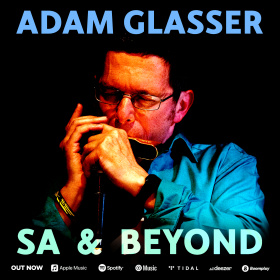


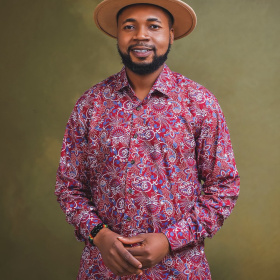


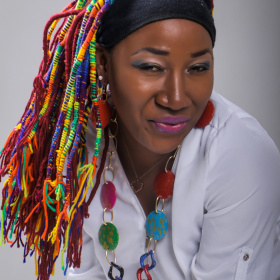






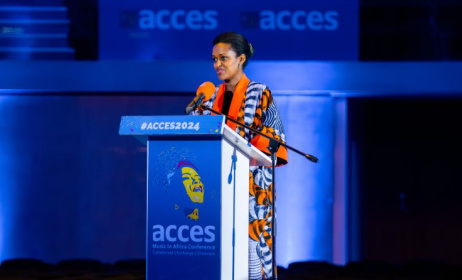
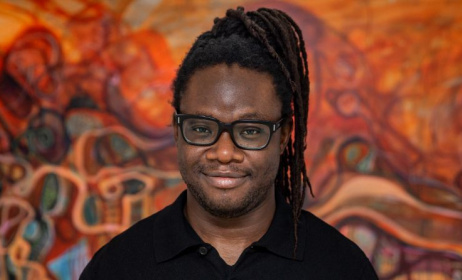



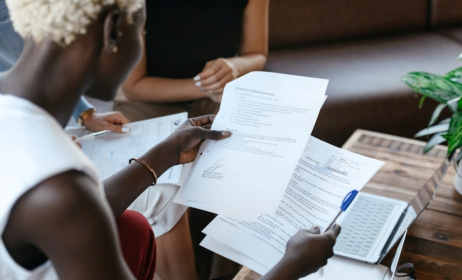

Comments
Log in or register to post comments